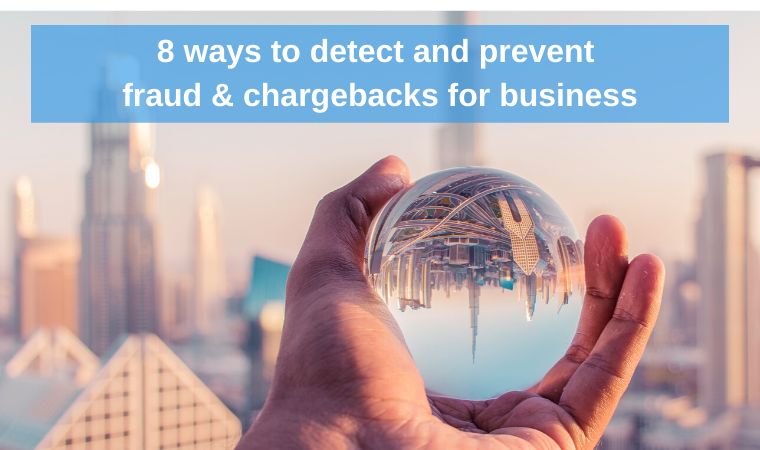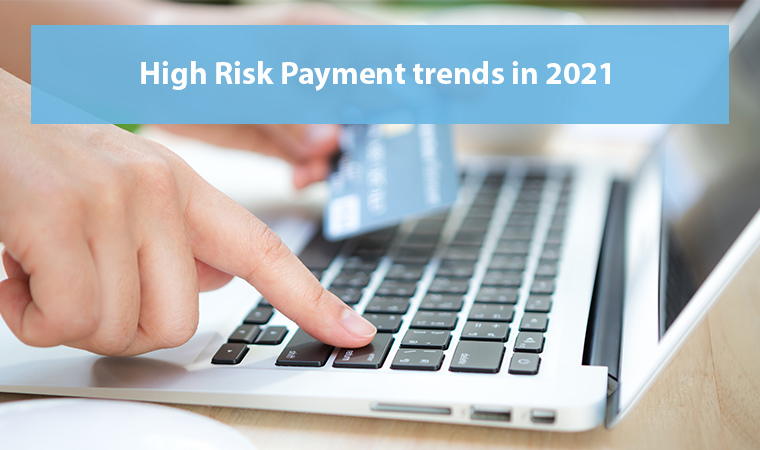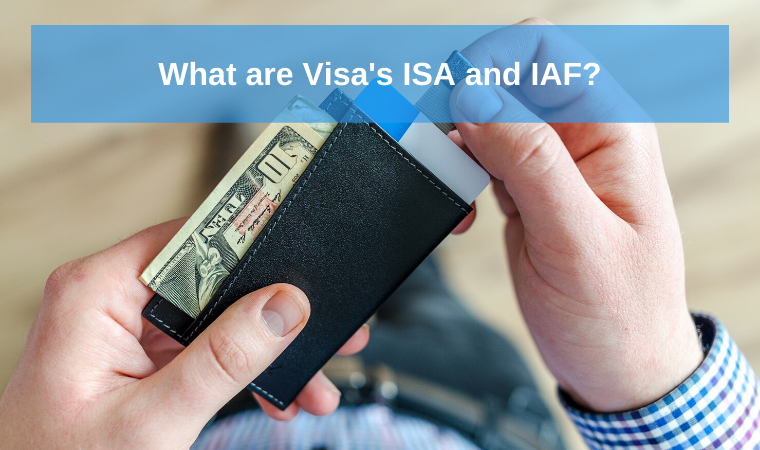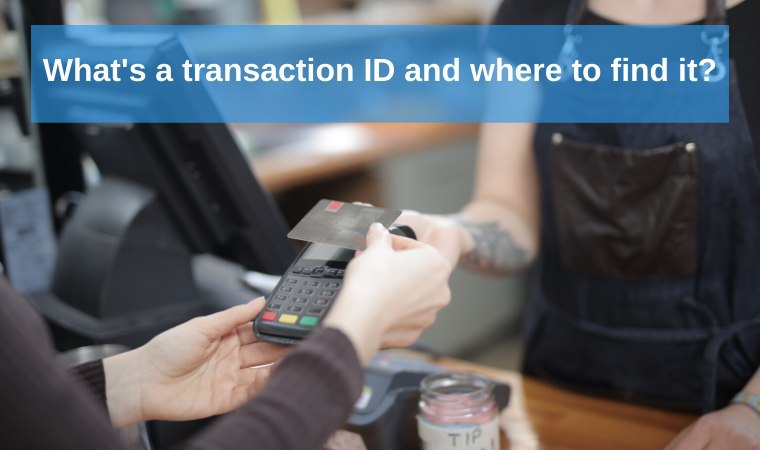8 Ways to Detect and Prevent Fraud and Chargebacks for business

With the account theft on the rise, merchants have no choice but to invest in security. Integrating fraud & chargeback prevention is rather a necessity, than a choice. Fortunately, all the high-quality payment providers offer a payment package that includes security software. Let’s check out at a few effective ways to reduce online fraud-related losses:
1. Address Verification Service (AVS)
AVS is a classy security measure that detects online fraud. When users purchase products/services, they are required to print down their billing address and ZIP code. AVS automatically checks whether this address matches with what the card-issuing bank has on file. In the case of card-not-present (CNP) transactions, the payment gateway requests a user verification from the issuing bank.
The AVS responds with a code. It helps merchants to see if the transaction has a complete AVS match. If it doesn’t, the payment gateway will investigate CVV (Card Verification Value), email address, and IP address. If the transaction remains suspicious, the software will decline.
2. Card Verification Value (CVV)
The CVV (Card Verification Code ) stands for a three or four-digit code that is printed on every credit card. The code is never stored on the merchant’s database due to the legal issues. A CVV is a security measure meant to protect the cardholders. If you’ve noticed that one of the orders on your website has a CVV that does not match, you should allow your payment gateway to decline the transaction. Speaking about card-not-present transactions, the merchant gets the demanded card information from the customer to verify the transaction. See how credit card pre-authorization helps to eliminate chargebacks.
3. Device Identification
The tool examines the computer rather than a user. It checks the operating system, internet connection, and browser to decide if the online transaction has to be approved, flagged, or declined. All devices (phones, computers, tablets, etc) come with a device fingerprint. It is similar to the unique fingerprints of people.
Payment gateways with device identification monitor the suspicious device’s ID. Then, they join the database to see whether other flagged it as a suspicious or fraudulent one. Even skilled fraudsters cannot hide a computer’s unique identity. That what makes device identification such a powerful anti-fraud tool.
4. Flag Large Transactions
Those fraudsters who steal credit cards try to spend as much as they can until the card is blocked. They usually take a shot by making large transactions. In such cases, businesses have to cover all the losses. If happens regularly, such type of fraud might lead to a total closure of your merchant account.
There are two ways to play it out. First, you can limit the number of large transactions by specifying a flat dollar amount. Secondly, you can limit the number of failed transactions that go through the payment gateway.
5. Payer Authentication (3-D Secure)
Payer authentication is also known as Verified by Visa (VeB) and MasterCard SecureCode. Simply put, it is the cardholder authentication measure that safeguards online transactions for customers. This approach enables cardholders to create a PIN (secure code). It can later be used during checkout so to prove the user’s identity. This is one of the most powerful tools that help businesses to prevent fraud and chargebacks.
6. High-Risk Countries
If you sell globally, you need to imply greater restrictions on overseas transactions. We strongly recommend paying more attention when it comes to orders from those countries considered to be “high-risk”. For example, imply a mandatory call meant to prove user’s identity. As stated by the Online Fraud Guide, the countries with the highest fraud level are Israel, Malaysia, Egypt, Pakistan, Ukraine, Russia, Bulgaria, Romania, Lithuania, and Nigeria.
7. Lockout Mechanisms
That’s the fraud prevention tool that is designed to detect fraudsters who use automatic card number generator programs. These programs are spread via underground fraud forums. Yep, such things exist. The programs can generate thousands of “valid” credit card numbers. The fraudsters will usually attack your website with hundreds of numbers. When they finally find something that works, they will typically charge the accounts to their limits.
To detect and prevent this type of fraud, merchants might:
- Lockout transactions from a certain IP with a high amount of credit cards declined within a short set of time.
- Disable transactions that fail the AVS test (the one we’ve mentioned at the beginning of the article).
In case of detecting such activity, you must immediately decline orders from the originating address. Check out how to prevent and resolve chargeback disputes.
8. Risk Scoring
Those tools use statistical models created to recognize fraudulent transactions. They are based on a set of rules that include AVI failure test, IP range, billing address, anonymous emails, e.g. When a payment is completed on your website, the risk scoring tools will automatically show the probability of the transaction being fraudulent. Once the higher probability of fraudulence is indicated, you should do your best to verify the order. Risk scoring tools are based on machine learning. That means, they get even more skilled with every other case and adjust to your specific business needs.
Risk scoring tools provide a case by case evaluation and will flag transactions based on the rules you choose such as AVS failure test, IP range, use of anonymous emails, billing address, and others.
Preventing fraud and chargebacks is a high priority for every online merchant. Embracing the tools listed above is a proven strategy to safeguard business from possible losses. At PaySpacelv, we have a fraud & chargeback prevention that includes all the tools from the digest. Reach us out so to discuss how we can strengthen your business’ security together.


